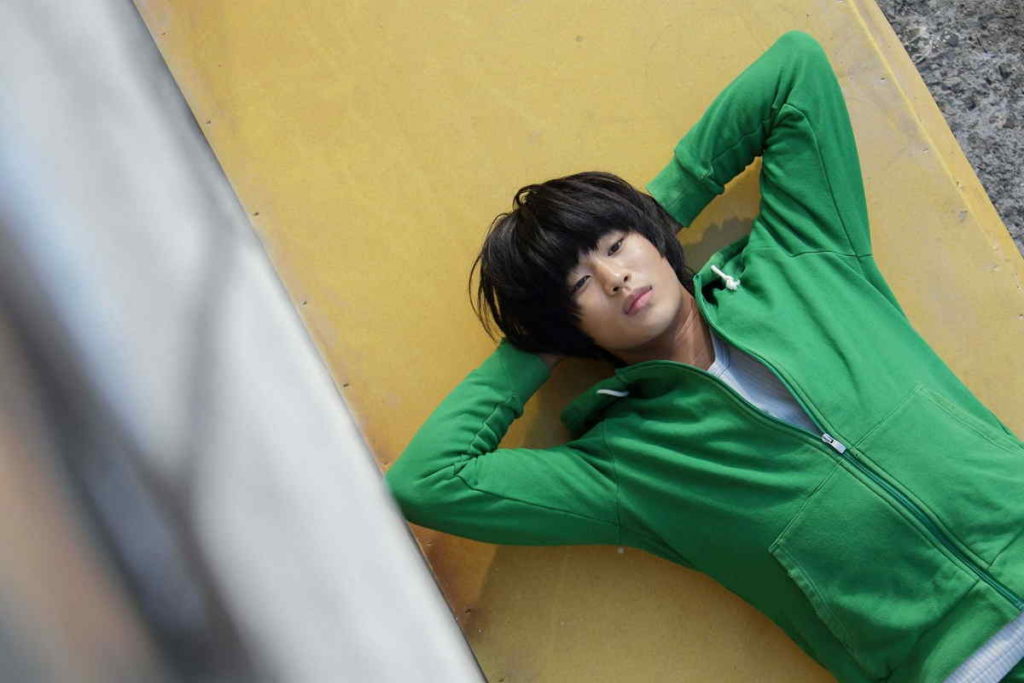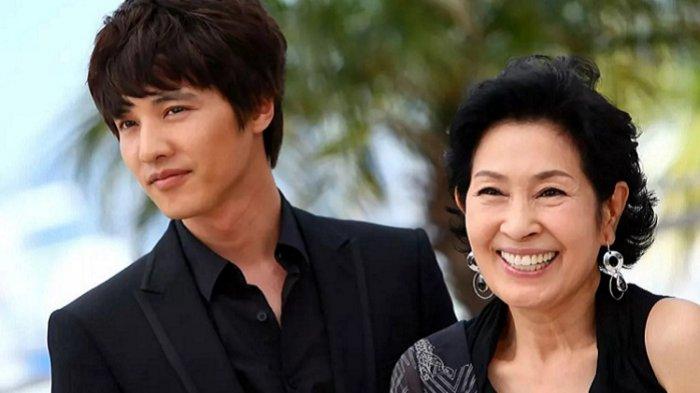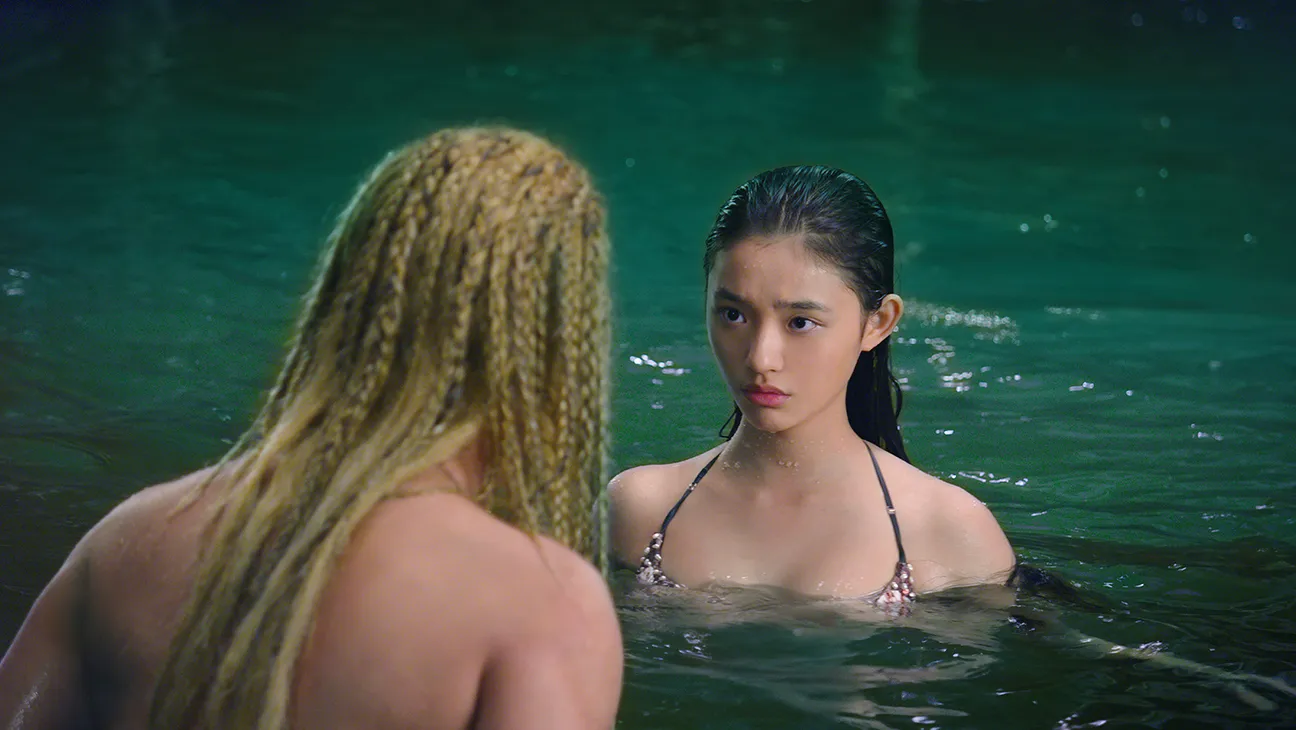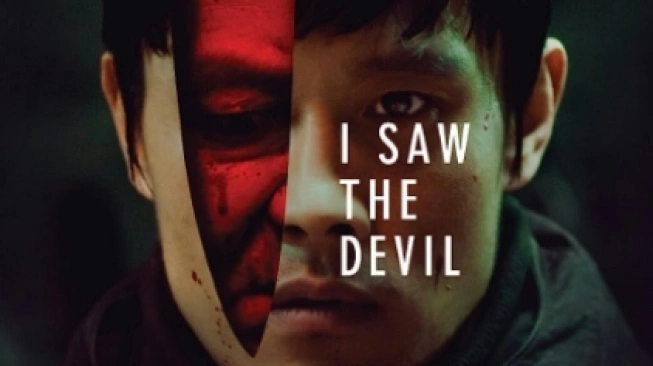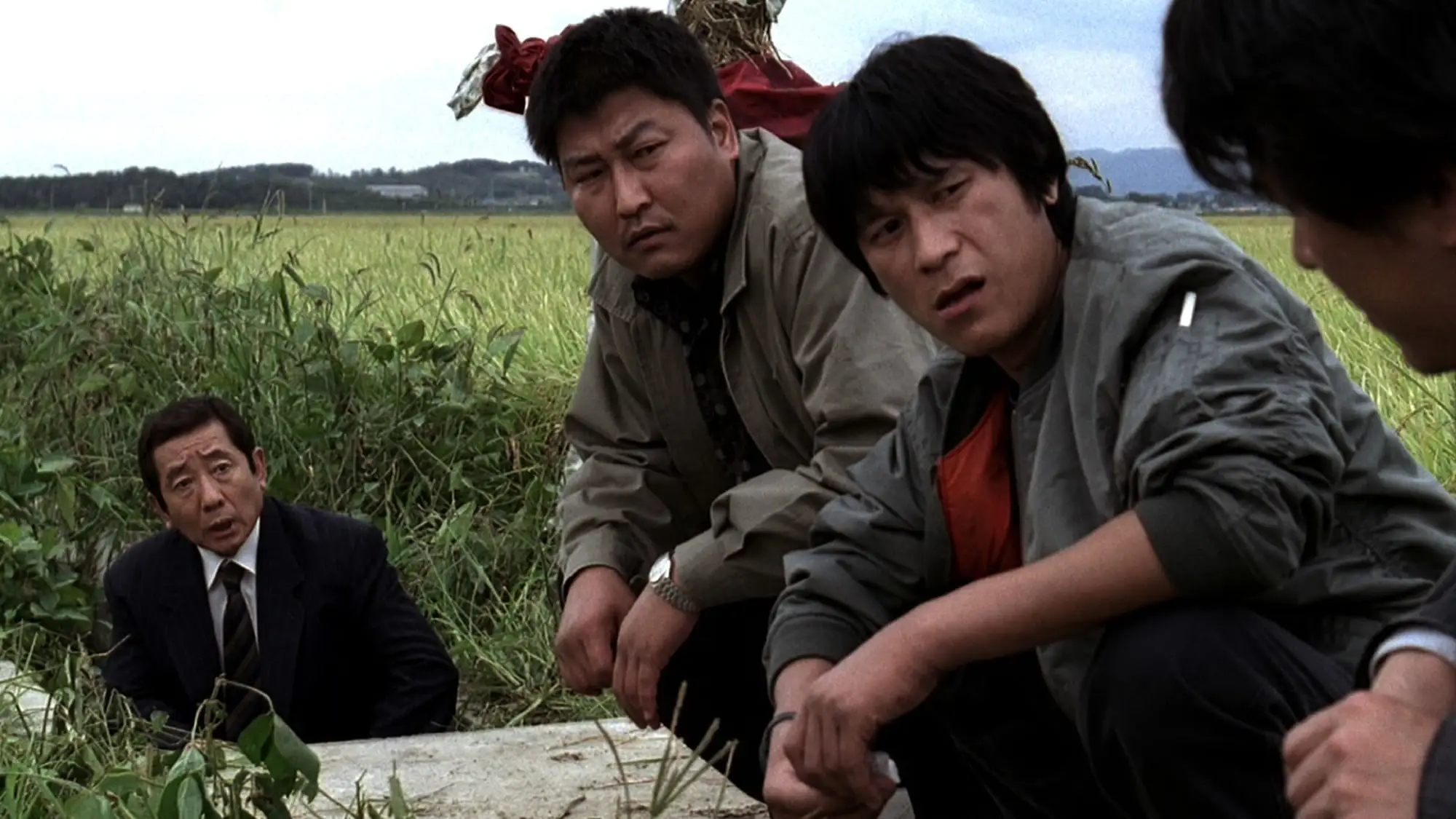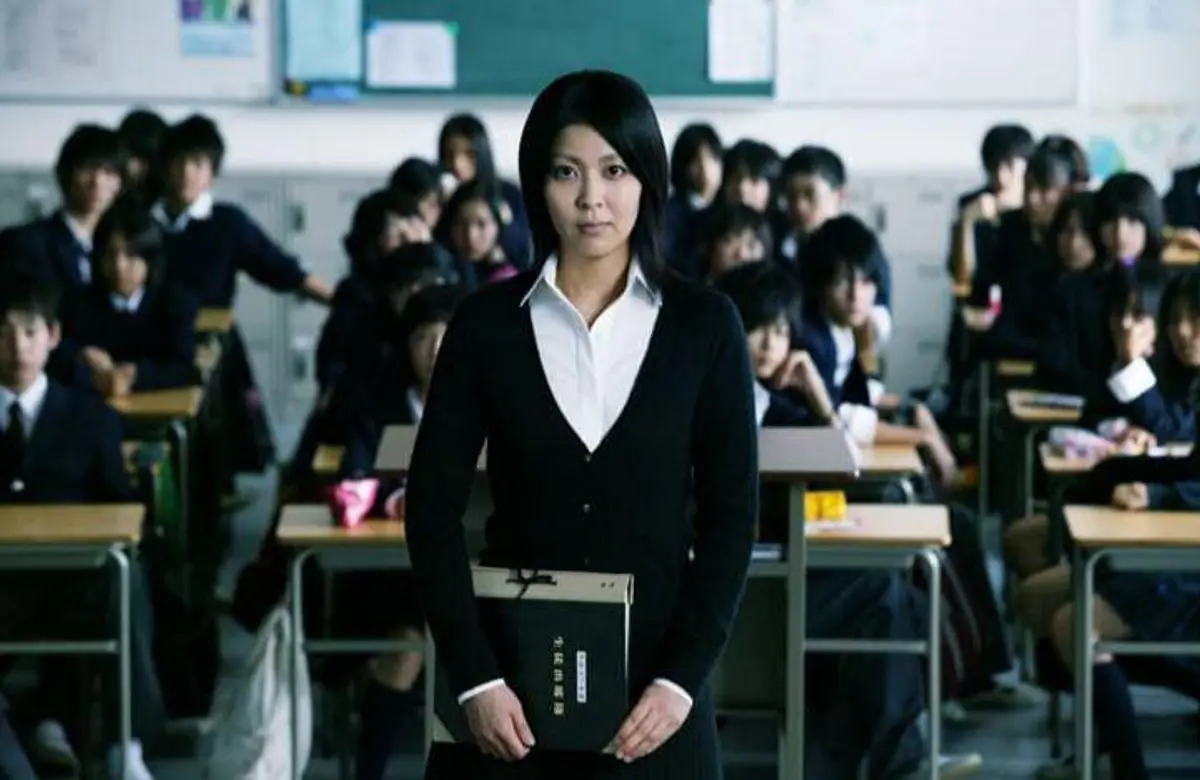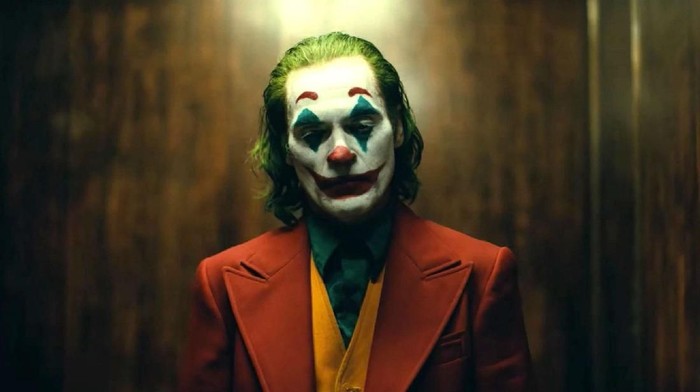
When the Joker movie hit theaters, it completely reshaped how people looked at one of the most iconic villains in pop culture. This was not the usual comic book blockbuster filled with action and explosions. Instead, it was an intimate character study that dove into the fragile mind of Arthur Fleck, a man who eventually transforms into the infamous Joker. The film quickly became a cultural phenomenon, sparking conversations about mental health, society, and the blurred line between hero and villain.
The Storytelling Approach in the Joker Movie
Unlike many superhero films, the Joker movie decided to slow things down and take a more grounded, realistic approach. Set in Gotham City during the 1980s, the story follows Arthur Fleck, a struggling comedian and part-time clown who is constantly beaten down by life. What made this film stand out was its commitment to showing the world through Arthur’s eyes. The camera lingers on his loneliness, his struggles with mental illness, and his desperate attempts to connect with others. By doing so, audiences weren’t just watching a villain being born, they were experiencing his descent firsthand.
Read More: The Genius of the Parasite Movie
Joaquin Phoenix and His Transformation
One of the main reasons the Joker movie had such an impact was Joaquin Phoenix’s incredible performance. He didn’t just play Arthur Fleck, he became him. Phoenix lost weight, adopted a haunting laugh, and delivered a performance that felt raw and unpredictable. Every movement and every word carried meaning, making it impossible for the audience to look away. It’s no surprise that this performance earned him an Academy Award for Best Actor. For many viewers, the Joker movie will forever be remembered because of how deeply Phoenix embodied the role.
Read More: The Magic of the La La Land Movie
The Visual Style of the Joker Movie
The Joker movie also stands out for its artistic choices. Gotham City is depicted as grimy, cold, and suffocating. The cinematography often uses muted colors and shadows to emphasize Arthur’s bleak world. Yet, there are moments where vibrant colors appear, like when Arthur fully embraces his Joker identity. These visuals create a strong contrast that mirrors his inner transformation. By the time Arthur dances down the staircase in full Joker costume, the visual storytelling has already told the audience that the man they once pitied is gone, replaced by something much more dangerous.
Read More: Exploring the Depth of Film Interstellar
Themes That Define the Joker Movie
The Joker movie isn’t just about one man turning into a villain, it’s also about society as a whole. The film explores how systems fail people who need help, how inequality and cruelty can push someone over the edge, and how media can distort narratives. These themes resonated with audiences worldwide, sparking debates long after the credits rolled. Some argued that the film glorified violence, while others believed it was a necessary wake-up call about the conditions that create individuals like Arthur Fleck.
Read More: Exploring the Depths of Film Inception
The Role of Music in the Joker Movie
Music plays a huge part in shaping the mood of the Joker movie. The haunting score by Hildur Guðnadóttir adds layers of unease and sadness. It’s heavy, unsettling, and perfectly matches Arthur’s mental state. Then there are unexpected moments, like when Arthur dances to “Rock and Roll Part 2” by Gary Glitter. This choice was controversial, but it emphasized the chaotic and unpredictable tone of the film. The soundtrack as a whole makes the Joker movie even more memorable.
Why the Joker Movie Connected with Audiences
So why did the Joker movie make such an impact? Part of the answer lies in its timing. At a time when audiences were flooded with big-budget superhero films, this movie came along offering something completely different. It was gritty, dark, and deeply personal. Viewers were forced to confront uncomfortable truths about mental illness, class divides, and violence in society. By stripping away the larger-than-life spectacle and focusing on one man’s story, the film connected with audiences on a very human level.
The Legacy of the Joker Movie
The Joker movie has already left its mark on cinema. It showed that comic book films can be more than just entertainment—they can also be art. It also proved that audiences are willing to embrace darker, riskier stories if they are told with passion and authenticity. The movie’s success at the box office, earning over a billion dollars worldwide, was proof of its wide appeal. Beyond financial success, it sparked discussions that are still ongoing, ensuring that this film will be studied and remembered for years to come.
The Joker Movie Compared to Other Versions
The Joker has been portrayed many times before, from Jack Nicholson’s flamboyant version to Heath Ledger’s anarchic take in The Dark Knight. Each brought something unique, but the Joker movie was different because it stripped away Batman and focused entirely on the man behind the makeup. It gave audiences an origin story that felt both terrifying and heartbreakingly real. By doing so, it cemented itself as one of the most unique adaptations of the character ever put to screen.
Final Thoughts on the Joker Movie
Talking about the Joker movie is like peeling back layers of a complex painting. On the surface, it’s a dark drama about a man losing control. But the deeper you go, the more you see reflections of society, of isolation, and of how people treat one another. It’s not a film that gives easy answers, and that’s why it lingers in the mind long after you watch it. Whether people loved it or found it disturbing, one thing is clear—the Joker movie left a permanent mark on film history

